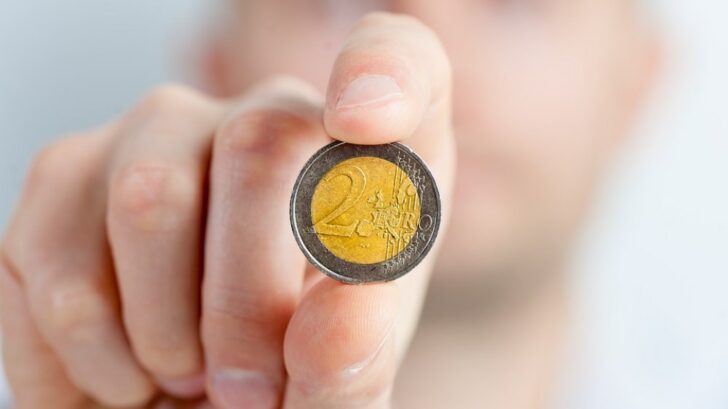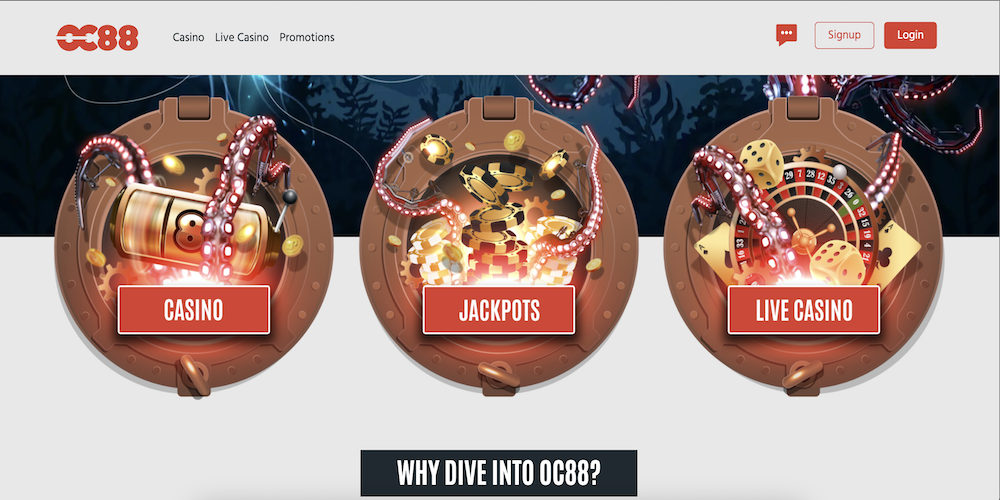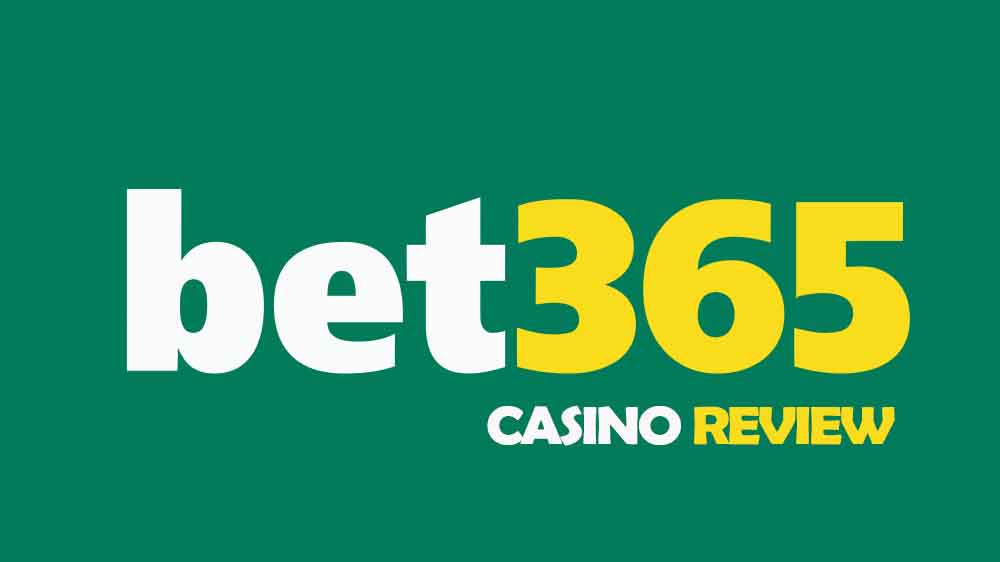Coin Toss – The History And Uses Of Flipping A Coin

The History Of Flipping A Coin
Whenever there is a decision to make, whether it’s who starts a game or who will order pizza tonight, probably the most well-known solution is to flip for it. A coin toss can settle almost every decision. It doesn’t matter how trivial or important the matter at hand is, the simple flipping of a coin always provides the most definitive of answers. If you’re the type who likes to gamble, then it could be one of your favourite jackpot winning tips and tricks. Today we thought it might be interesting to have a look at the true meaning of the coin toss. Also to check its significant history, as well the reasons why it’s so popular.
The Coin Toss In History
The idea of flipping a coin to decide one of two possible outcomes has been with us for centuries. The game was referred to as “navia aut caput” or “heads or ships” in ancient Roman times. This was due to the two-headed gun design which appeared on one side of the coin. And the ship’s prowl which was on the other. Just like today’s rules of the coin toss, one person calls out their desired results as the coin is spinning in the air. We should point out that things were very different in the past. Essentially the “heads” would always be the winning side as that often depicted the head of the Emperor. Therefore it was often assumed that the emperor would agree with the winner. As a result, the other side of the coin would always lose.
Cross Or Pile

Moving forwards to the middle ages in Britain, the act of tossing a coin was known as “Cross or Pile.” This is simply because the head side was marked with a cross. Whereas the tail’s side would be referred to as the pile. This is thanks to the indentations on this side of the coin caused by the manufacturing process. It doesn’t matter where you look in history, you’ll find that the tossing of a coin has always been in use, in the same way, it is today. To end a rivalry, to settle a dispute or to make a decision between two options.
Decision Making With Heads or Tails
Today the coin toss is as popular as ever and it’s a rapid and useful means of decision making. Apart from the more long-winded, rock, paper, scissors, it’s always used to decide the outcome of two equally possible answers. Essentially, there will be the coin flipper who flips the coin into the air. As the coin spins, the other person shouts either “heads” or “tails.” Head comes from the fact that one side of the coin will normally feature a side profile portrait. The tails side doesn’t refer to a tail, as in what a happy dog wags. But rather simply because it’s the opposite of heads.
Whether you’re trying to determine who washes the dinner dishes or who gets to choose the evening movie, then the winner is the one whose call is shown face-up when the coin lands. Some players prefer to simply toss the coin and let it fall to the ground. Others like the elegance of catching it as it spins downwards. And then place it on the back of the other hand. This makes the final reveal even more exciting. You could use the humble coin flip to help win the jackpot online. Especially when playing at King Billy Casino.
When To Use the Coin Toss

It’s probably the inherent randomness of the results that makes the coin toss so popular. If you can’t decide who’s going to take out the garbage or who’s going to go to the grocery store. Then a coin toss is probably the most perfect, random and democratic method of making a decision. It can be helpful for trivial everyday decision making. Yet the coin toss has actually been used for much more serious matters. For example, a coin toss decides who will kick off the Super Bowl. Or which team will start batting or bowling in the game of cricket. The new decimal 50 pence piece, which was introduced to Britain in 1969, was used as the coin toss for both the FA and Scottish Cup finals for English football.
Famous Examples Of Coin Flips
Probably the most famous racehorse in history, the Triple Crown-winning Secretariat, had its ownership agreed with the toss of a coin. Another example is the City of Portland in Oregon which was almost called Boston, Oregon thanks to the flip of a coin. Even the pioneers of flight, the Wright Brothers, decided who would attempt the world’s first flight with a coin toss.
Back in 1959, the young and famous pop star, Buddy Holly died in a plane crash In Iowa. Along with him were also the “Big Bumper” JP Richardson and Ritchie Valens. The crash itself was immortalised in a song by Don McLean called “American Pie.” What’s interesting is that Ritchie Valens was on the aeroplane because he won a coin toss with another of Buddy Holly’s bandmates, Tommy Allsup. Allsup ended up taking the bus instead. He always has spoken of his guilt over an event that he had really no control over.
Is the Coin Toss Reliable?

Technically, the coin toss gives the odds of 50/50. In other words, there is a 50% chance of it landing on either side. It’s just like some of the bets at King Billy Casino, at the table games like roulette when you wager on odds/even or red/black. Yet you’ll still find many people who claim that the coin toss is not a fair way of determining a result. They insist that it’s the design of the coin. That one side has a specific advantage or disadvantage over the other. meaning it can increase your jackpot winning chances. They claim that it’s the coin’s geometry. The differences in weight between the two sides will also have a bias on the outcome.
Many will say that the head side of the coin will always be the more favourable option. This is because it’s thicker and its design is more prominent. They also claim that if you allow the coin to land on the floor, then the result will be more random. Especially when comparing it to snatching the coin from the air, with the player placing it on the back of their hand.
A Third Possibility?
Of course, we should also consider a third possibility. That is, the coin may land on its side and fail to fall on either the heads or tails side. This is probably one of the most frustrating jackpot winning strategies. Interestingly enough, at the beginning of the 1913 American football game between the Detroit Lions and the Philadelphia Eagles, this actually happened. Nevertheless, if a coin was to land on its side as in this case, then a second flip needs to take place.
It’s amazing that when you consider the simple act of tossing a coin, the surprising level of upset and drama that can occur from a 50/50 chance. It doesn’t matter whether it’s at Wembley Stadium, the House of Parliament, the Super Bowl or Lord’s Cricket Ground. Or even in your living room when you can’t decide which pizza topping you’ll order for the evening meal. Once the coin is airborne and someone shouts out either heads or tails then, time freezes for a small moment. All eyes are on the spinning metallic disc as it rises up and then falls back to reveal the inevitable results. Following the event, there will always be hearty cries of victory and yelps of defeat.














